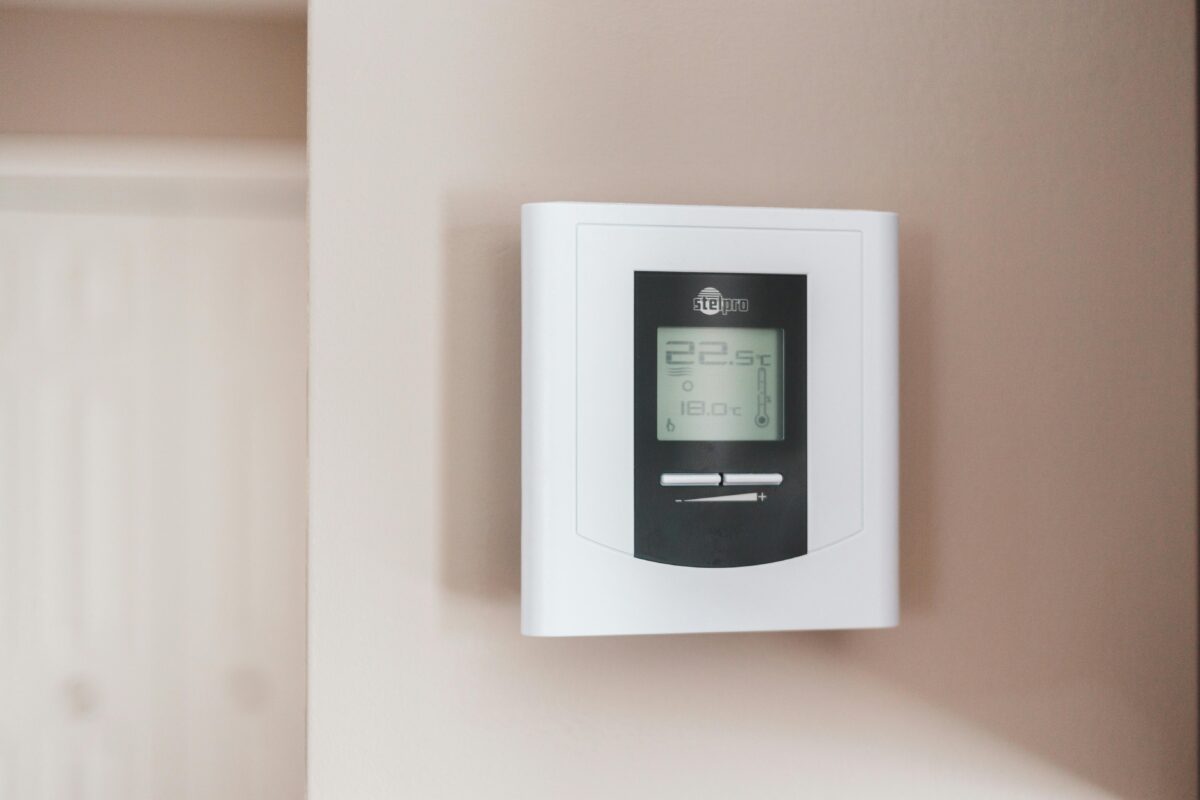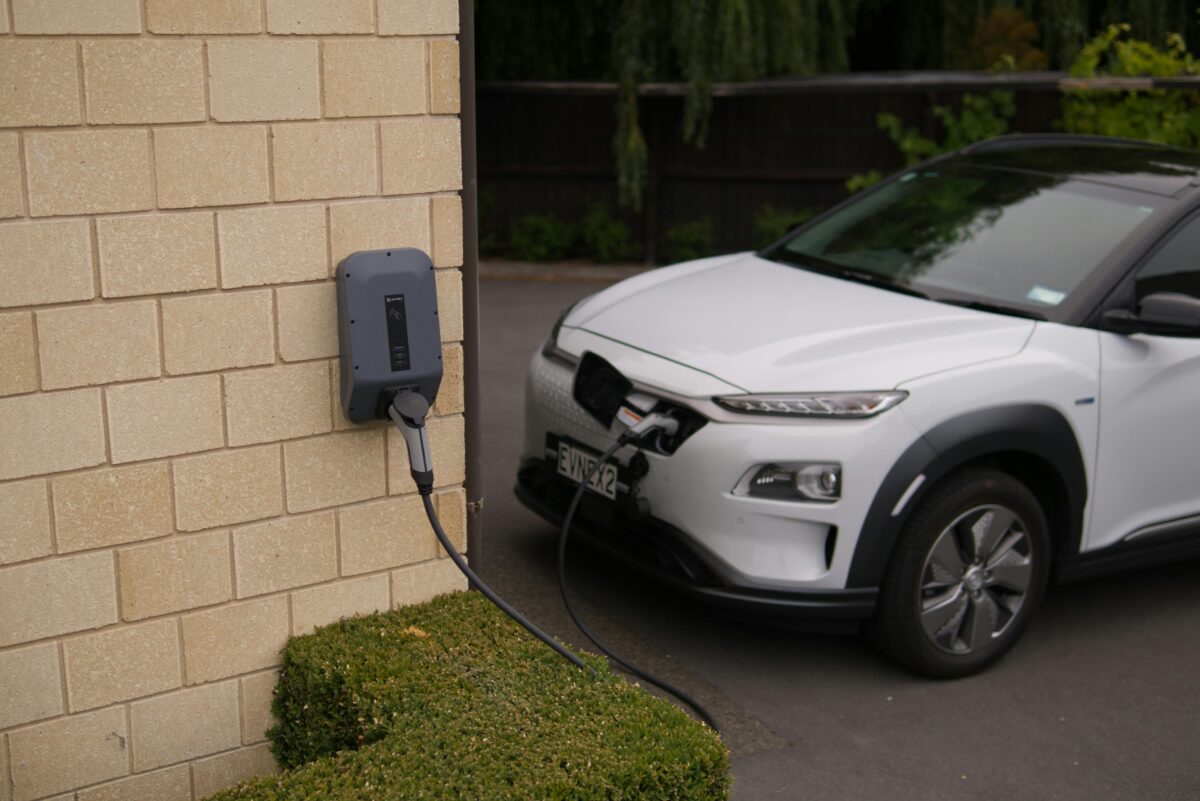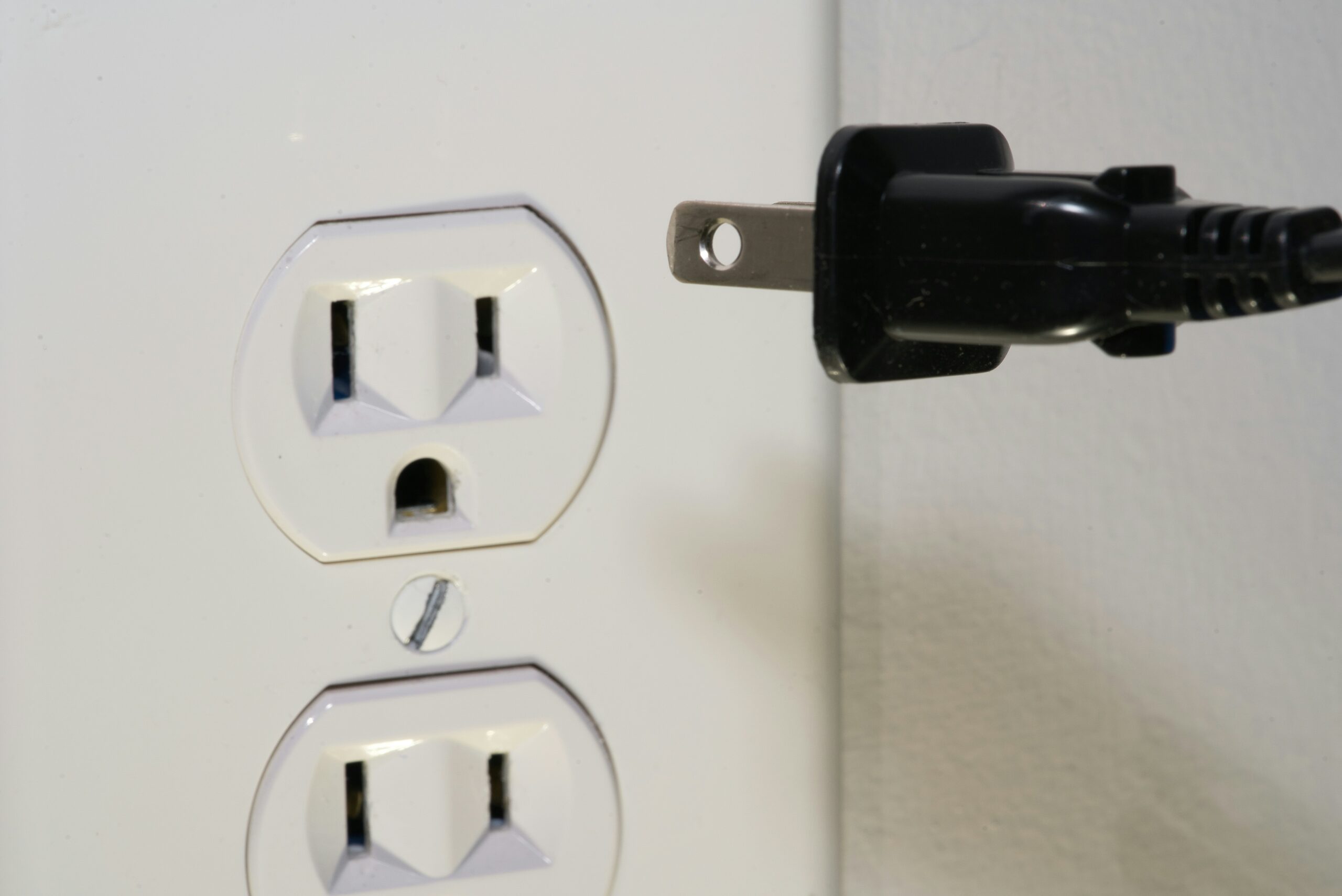Your circuit breaker is an important part of your home or business – Its primary function is to act as a safety device that helps to prevent electrical overload and potential fires. Here’s how it works:
- Current Regulation: Your circuit breaker allows electrical current to flow from the power source (like a utility line) through an electrical circuit (like your home’s wiring). It ensures that the electricity is safely distributed to various outlets and appliances throughout your home or business.
- Overload Protection: Each breaker is designed to handle a certain amount of current, measured in amperes (amps). If the current flowing through that circuit exceeds the breaker’s capacity, it can cause the wiring to overheat, posing a fire risk. A circuit breaker helps to prevent this by automatically “tripping” or shutting off the flow of electricity when it detects an overload. This can happen, for instance, when too many appliances are used simultaneously on the same circuit.
- Short Circuit Protection: A circuit breaker also protects against short circuits, a more dangerous situation where a hot wire comes into contact with a neutral wire, leading to an increase of current flow. This increase can often cause a sudden surge of electricity that typically generates a lot of heat and can potentially cause a fire. The circuit breaker detects this surge and immediately cuts off the flow of electricity.
- Reset Capability: After tripping, a circuit breaker can be manually reset to resume normal operation. This reset function makes it more convenient and practical compared to a fuse, which needs to be replaced once it blows due to an overload or short circuit. You may have had to reset your breakers at the breaker box before, thankfully circuit breakers are often located in relatively convenient locations so you can reset them after tripping.
- Maintenance and Safety: Circuit breakers also provide a convenient way to shut off power to individual circuits for maintenance or in emergencies. For example, if you’re replacing an outlet or light fixture, you can turn off the electricity to that area without affecting the rest of the building.
Your circuit breaker plays a pivotal role in your home or business’ electrical system – so the question remains, how can you tell if a breaker is bad? Here are 5 indicators that your breakers may be bad and ultimately need replacing.
How To Identify A Bad Breaker
Breaker Doesn’t Stay Reset
If your breaker doesn’t stay reset, this could indicate a problem with the breaker itself. When a breaker trips, it’s a safety mechanism designed to protect the circuit from overloading and preventing potential electrical fires. However, if the breaker consistently trips or fails to stay reset, it may be a sign of a bad breaker. A bad breaker can happen because of a variety of reasons, such as wear and tear, faulty wiring, or internal damage. It’s important to address this issue quickly to avoid further damage to your electrical system.
To determine if the breaker is the issue, you can do a relatively simple test. Start by turning off all devices connected to the breaker and opening the panel cover on the breaker box. With a digital multimeter, test the voltage levels by placing the red probe against the screw on the breaker being tested and the black probe against the neutral bar. Compare the reading on the meter to the breaker requirements. If the reading doesn’t match the expected voltage, it’s likely that you have a bad breaker.
If the breaker is bad, it needs to be replaced. To do this, you can simply turn off the main power supply, remove the faulty breaker, and install a new one of the same size and type.
Burning Smell
A burning smell coming from your electrical panel box is a clear indication of a potential issue with the circuit breaker. As a home or business owner, immediate action should be taken to ensure your safety. Ignoring a burning smell from the electrical box can lead to fire hazards, so immediate action is necessary to prevent further damage.
IF you’re experiencing a burning smell from your breaker box, you’ll want to immediately shut off the main power supply to your home and call a professional to help assess and remedy the issue by removing and replacing the bad breaker.
Hot to the Touch
When a circuit breaker or electrical panel box feels hot to the touch, you’ll want to call for professional assistance immediately. A hot circuit breaker could indicate that there is an issue with the electrical flow – brining an increased risk of fire or other hazards.
A breaker becomes hot when there’s an increasingly excessive amount of electrical current flowing through it. This can happen because of a variety of reasons, such as a circuit being overloaded or a breaker being faulty. Excssive heat may indicate that your breaker is struggling to handle the electrical load.
Again, if you notice any heat coming from the breaker or panel box, you’ll want to contact a local electrician immediately. They’ll be able to assess the situation and determine the cause of the heat.
Visible Damage
Visible damage on a circuit breaker or electrical panel box can indicate potential fire hazards and should never be ignored. If you suspect that you may have a bad breaker, look for visible damage – check for scorch marks, melted plastic, or signs of burning. If you notice any of these visible damages, again, you should call a local electrician immediately. These types of visible damages could be caused by a wire that has melted or overheated, leading to a tripping breaker or even an electrical fire.
If you come across any signs of visible damage, you’ll want to shut off the power immediately. Once the power is turned off, it’s recommended to seek professional assistance to inspect and repair the breaker.
Regular inspection and maintenance of your circuit breakers can help in early identification of potential issues. Preventative maintenance is the best kind of maintenance as it helps limit potentially hazardous and costly situations.
Frequent Tripping
Frequent tripping of a circuit breaker is a common indication that there may be an overloaded circuit or a faulty breaker. When a breaker trips frequently, it disrupts the flow of electricity and cuts off power to the circuit. This can be frustrating and inconvenient as a home or business owner, but it’s an important safety feature that protects against electrical fires and other hazards.
If you notice that a specific switch consistently causes the breaker to trip, it could be a sign of a bad breaker associated with that circuit. Though, if the breaker trips frequently without an obvious cause, it’s more likely that the breaker itself is faulty. In these type of cases, it’s important to address the issue immediately.
To determine if the breaker is indeed faulty, you can try resetting it by moving the switch to the ‘off’ position and then back to the ‘on’ position. If the breaker continues to trip, it’s typically a sign of a bad breaker that needs professional inspection and resolution.
Frequently Asked Questions
How Can You Tell if a Circuit Breaker Needs to Be Replaced?
To tell if a circuit breaker needs to be replaced – you’ll want to pay attention to signs like the breaker not staying in reset mode or emitting a burning smell. If the breaker or electrical panel feels hot to the touch or shows visible damage, it’s time for a replacement.
Additionally, if a specific switch causes frequent trips, that’s a common indicator that there needs to be a replacement as well.
How Do You Test a Breaker to See if It’s Good or Not?
To test if a breaker is functioning properly, you’ll want to follow these steps.
First, disconnect all devices and open the panel cover to your breaker box.
Next, use a multimeter to check the voltage levels. Hold the red probe on the breaker screw and the black probe on the neutral bar.
Compare the reading to the breaker requirements. For single pole breakers, it should be around 120V. A reading of 0V means a faulty single pole breaker.
For double pole breakers, it should be 220-250V. 120V indicates a faulty breaker at half power.
Replace a faulty breaker by turning off power, removing it, and installing a new one.
Can a Breaker Go Bad Without Tripping?
Yes, a breaker can go bad without tripping. If you notice signs like a burning smell, hot to the touch, or visible damage to the breaker box or outlets, it may indicate a bad breaker.
Likewise, if the breaker doesn’t stay in reset mode or frequently trips, it could be a sign of a faulty breaker as well.
To determine if a breaker is bad, you can use a digital multimeter to test the voltage and current levels.
What Happens When a Breaker Goes Bad?
When a breaker goes bad, it can cause serious issues in your electrical system. It may fail to stay in reset mode and trip frequently. You might notice a burning smell, a hot breaker, or visible damage to the box or outlets – ultimately when a breaker goes bad, you’ll want to replace it immediately, not just for the functionality of your home or business but for safety reasons as well.
To determine if a breaker is bad, you can follow steps like testing voltage levels and observing any symptoms of a faulty breaker.
Conclusion
By following the steps outlined in this article, you can easily determine if a breaker is bad and take the necessary steps to replace it.
Don’t ignore the signs of electrical issues in your home as they can become more than a minor inconvenience – they can become a potentially costly and hazardous issue.
Need Professional Help? Call Reyff Electric!
If you’re struggling with a faulty breaker, don’t take the chance. At Reyff Electric, our team of experienced electricians specializes in diagnosing and fixing all your electrical issues. From breaker replacements and electrical panel upgrades to complete electrical inspections, we make sure that your home or business’ electrical system is in complete working order. Don’t wait for minor issues to become major problems. Contact Reyff Electric today for reliable and professional electrical services.



















